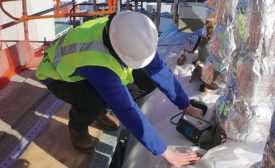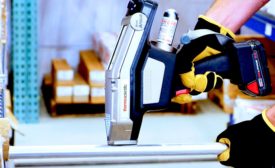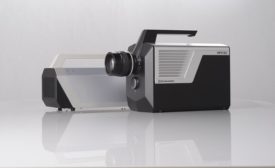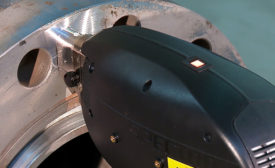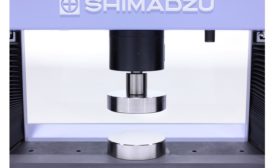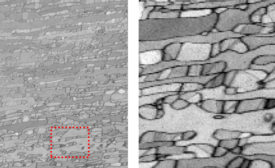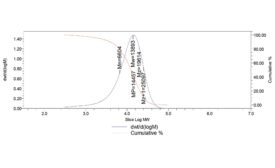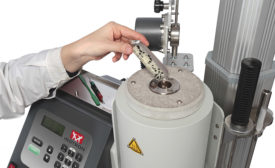Home » materials analysis
Articles Tagged with ''materials analysis''
Understanding the limitations and differences in each of these techniques is critical when performing material analysis.
Read More
Elemental Technology Comparison for Metal Fabricators and Manufacturers
Often the biggest challenge is choosing the right technology for your application.
November 8, 2019
Back to Basics: Inspection Using High-Speed Video Cameras
High-speed video cameras capture what the human eye could never see.
November 2, 2018
How to Determine the Appropriate Mobile or Handheld Metal Analyzer for On-the-Spot Metal Testing Tasks
Quality-conscious organizations can’t afford to hand off responsibility for metals verification.
November 1, 2018
Back to Basics: Compressive Testing for Rigid Plastics
An expert discuses compressive test methods and ASTM D695.
May 1, 2018
Using EBSD for Improved Quality Process in Metallurgy
Materials development, methods development and quality assurance benefit from the technique.
July 1, 2017
Analysis of a Novel Green Polymer
Collaboration can enable innovation in polymer and plastic development.
May 1, 2017
Plastics Analysis for Automotive Applications
How do we select the right material that provides the best performance and the highest quality?
September 1, 2016
Selecting the Correct Analysis Method for Your Materials Sample
The basics of phase analysis, porosity analysis, and particle distribution.
August 1, 2016
Stay in the know with Quality’s comprehensive coverage of
the manufacturing and metrology industries.
eNewsletter | Website | eMagazine
JOIN TODAY!Copyright ©2024. All Rights Reserved BNP Media.
Design, CMS, Hosting & Web Development :: ePublishing
